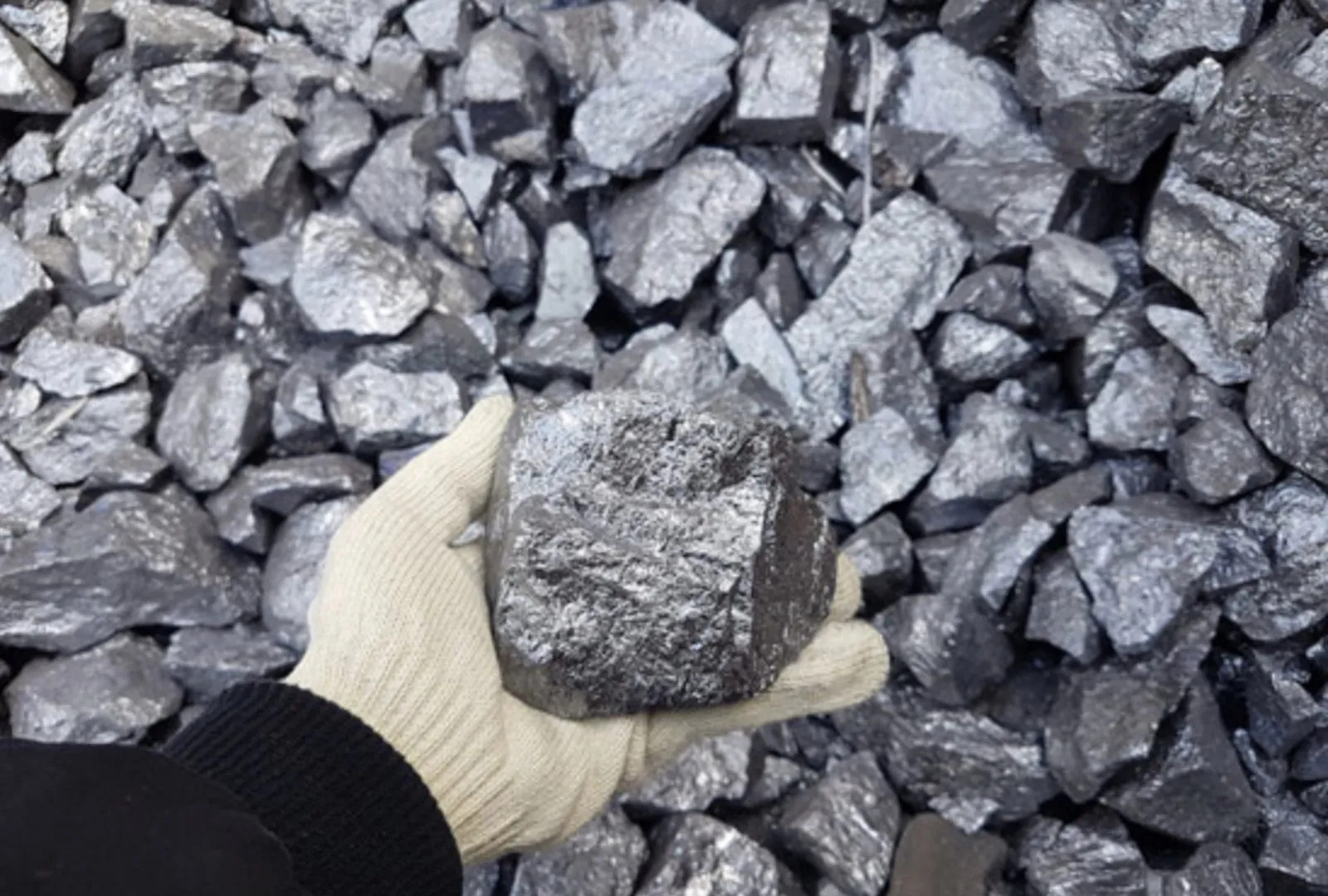Opportunities abound for foreign investors and miners but ‘dig and grab’ methods won’t wash in today’s Kazakhstan.

Photo credit: shutter stock.com/ Suchat Inprang
With China controlling some 70% of the world’s production of rare earth elements (REE), Western powers are upping their investment in non-Chinese sources to hedge against potential supply disruptions. Increasingly, they see Kazakhstan as a possible major new source of the critically important materials.

Javier M. Piedra.
In a previous life, I headed up KPMG’s M&A group in Central Asia. I told investors at the time (circa 2011) that while China possessed 53% of the world’s known deposits and supplied 97% of global demand, in time, Kazakhstan could be in the same league as China in extracting value from such REEs as scandium, yttrium and the fifteen lanthanides used in computers, turbines, and cars.
Governments and investors, then enamored of China, failed to evince much interest in Kazakhstan as a major supplier.
But the geostrategic worm has since turned. In view of the stakes, it’s high time the United States and Europe got serious about investing in long-term capital-intensive mining projects. Of the 17 heavy and light REEs, the United States, according to the USGS’ 2022 Commodity Report, imports 100% of its consumption of two of them – yttrium and scandium – and more than 90% of its consumption of the remaining 15.
Europe is also highly dependent on Chinese REEs. To produce magnets, for example, Europe imports 98% of its rare earth minerals from China. Europe’s concern over this state of affairs led it to conclude a Memorandum of Strategic Partnership with Kazakhstan in 2022.
Mining REEs is an expensive and risky business given the high cost of exploration and extraction, low mineral concentration levels and long production horizons – sometimes of up to ten years.
That may account for why the Mountain Pass Rare Earth Facility in California is the only active primary extraction mine in the United States.
With tensions between China and the West on the rise, the strategic importance of REEs has only increased. Western governments must identify alternative suppliers, including Kazakhstan, to mitigate possible supply disruptions and investor risk.
US government initiatives since 2016 – see the White House’s Securing a “Made in America” Supply Chain for Critical Minerals (February 22, 2022), and the US Department of State’s Minerals Security Partnership (MSP) – say all the right things about the need to diversify sources of supply, but give short shrift to Central Asia. Incredibly, the MSP fails to mention a single Central Asian country.
Meanwhile, the US Congress, try as it might, cannot seem to incentivize investment in the REE sector.
In 2010, US Senator Lisa Murkowski (R-Alaska) introduced the Rare Earths Supply Technology and Resources Transformation Act, and the US House of Representatives passed the Rare Earths and Critical Materials Revitalization Act, yet neither bill was signed into law.
Later, other rare earth bills – including the Obtaining National and Secure Homeland Operations for Rare Earth and Manufacturing Act and the Rare Earth Magnet Manufacturing Production Tax Credit Act – were introduced and met similar fates.
In September 2023, Kazakhstan, the Kyrgyz Republic, Tajikistan, Turkmenistan, Uzbekistan and the United States held the C5+1 Presidential Summit in New York under the auspices of the UN General Assembly. The result was the B5+1 Business Platform and the Critical Minerals Dialogue.
Multilateral initiatives of this sort are laudable, but if it’s true that, as The Economic Times (India) reports, “Kazakhstan can meet India’s need for rare earth,” why wait for laborious diplomatic processes to play themselves out?
In a fast-moving strategic environment, countries like India will certainly be tempted to secure REE assets in joint venture arrangements with specific producers, including potentially through so-called “off-take contracts” whereby buyers buy products before they are produced, thereby facilitating the producer’s ability to obtain financing.
What I advised clients some years ago remains true: success requires a sophisticated understanding of where you are in the mining cycle and specific knowledge of the in situ challenges – technical, financial, legal, logistical, tax and regulatory – involved in identifying a specific resource, mining it and getting it to market in a timely and cost-effective manner. And, of course, a good local partner is indispensable.
Securing rights over mineral resources, especially for greenfield and brownfield exploration plays, takes more than ample cash and a flashy brand name.
It will take working with the Kazakhs and other Central Asians, for example, and convincing them that the old 19th-century mining paradigm of “dig it up, grab it, head for the hills” – leaving the host country stuck with the dregs – is a thing of the past. It just won’t do anymore.
Astana will be wary of diplomats, foreign consultants and miners with a ‘49ers mindset and misplaced geopolitical ambitions. Central Asians will be on guard against efforts to “sneak-in-through-the-back-door.” Subterfuge of that sort may have worked in the 1990s but no longer.
Last month, the Astana Times reported that Yerlan Galiyev, chairman of the National Geological Service, sees ample opportunity for international investors in developing Kazakhstan’s REEs. The door would thus seem open to mutually beneficial partnerships.
The author is Javier M. Piedra, a financial consultant, specialist in international development and former deputy assistant administrator for South and Central Asia at USAID.
The article was originally published in Asia Times.
Disclaimer: The views and opinions expressed in this article are those of the author and do not necessarily reflect the position of The Astana Times.


